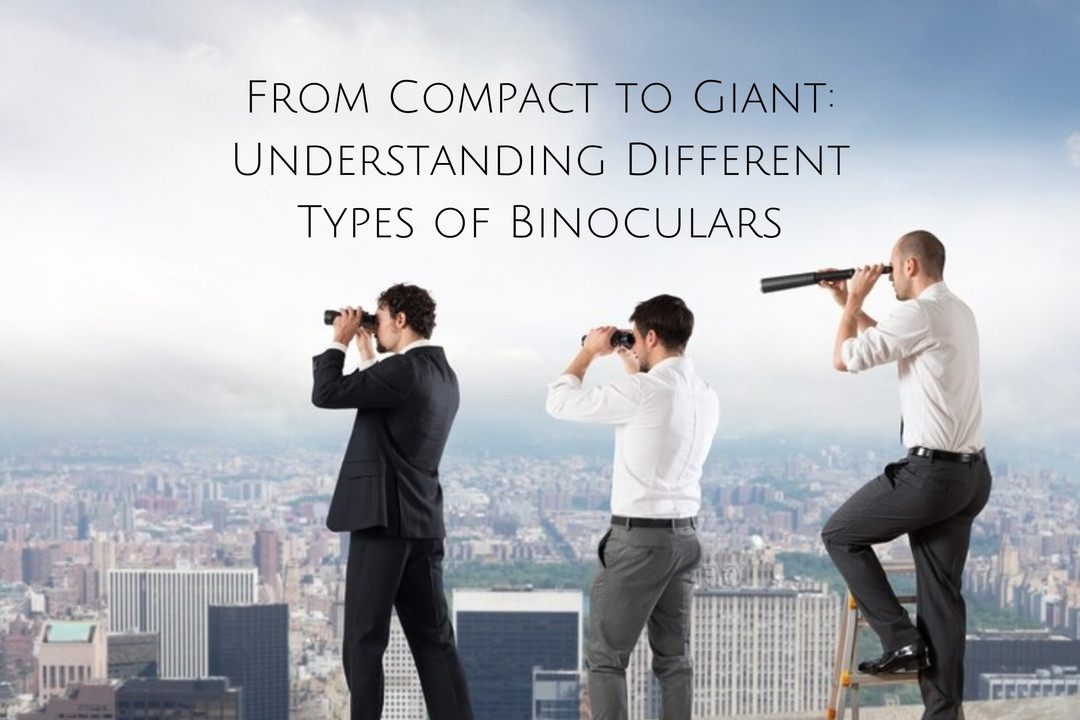From Compact to Giant: Understanding Different Types of Binoculars
Binoculars, those trusty portals to a magnified world, come in a surprising array of shapes, sizes, and capabilities. Whether you're a bird watching enthusiast or a stargazing novice, choosing the right binocular can significantly enhance your observational experience. So, grab a virtual magnifying glass and join us as we delve into the exciting world of binocular types!
Size Matters: Picking Your Power Couple: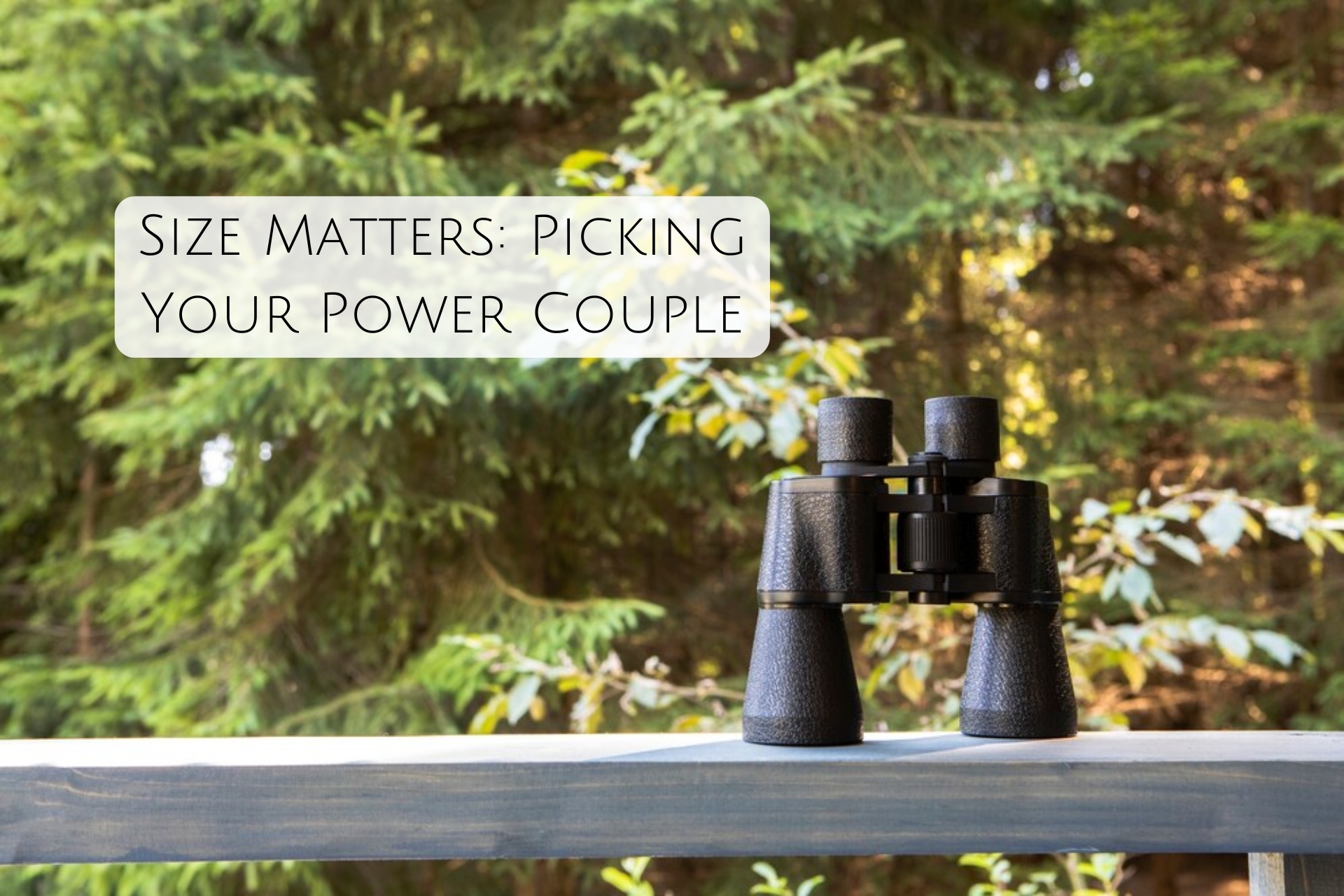
- Compact Binoculars: These pocket-sized powerhouses are ideal for everyday adventures. Lightweight and easy to carry, they offer decent magnification (typically 7x to 10x) and are perfect for quick wildlife sightings or sporting events.
- Mid-Sized Binoculars: Striking a balance between portability and power, mid-sized binoculars (magnification ranging from 8x to 12x) are versatile companions for outdoor activities. They offer a clearer and wider field of view compared to compacts, making them suitable for birdwatching, hiking, or sightseeing.
- Full-Sized Binoculars: For the ultimate in magnification (often exceeding 12x), full-sized binoculars are the go-to choice for serious observers. They provide exceptional detail and clarity, ideal for long-distance viewing of wildlife, celestial objects, or distant landscapes.
Prism Power: Unveiling the Inner Workings: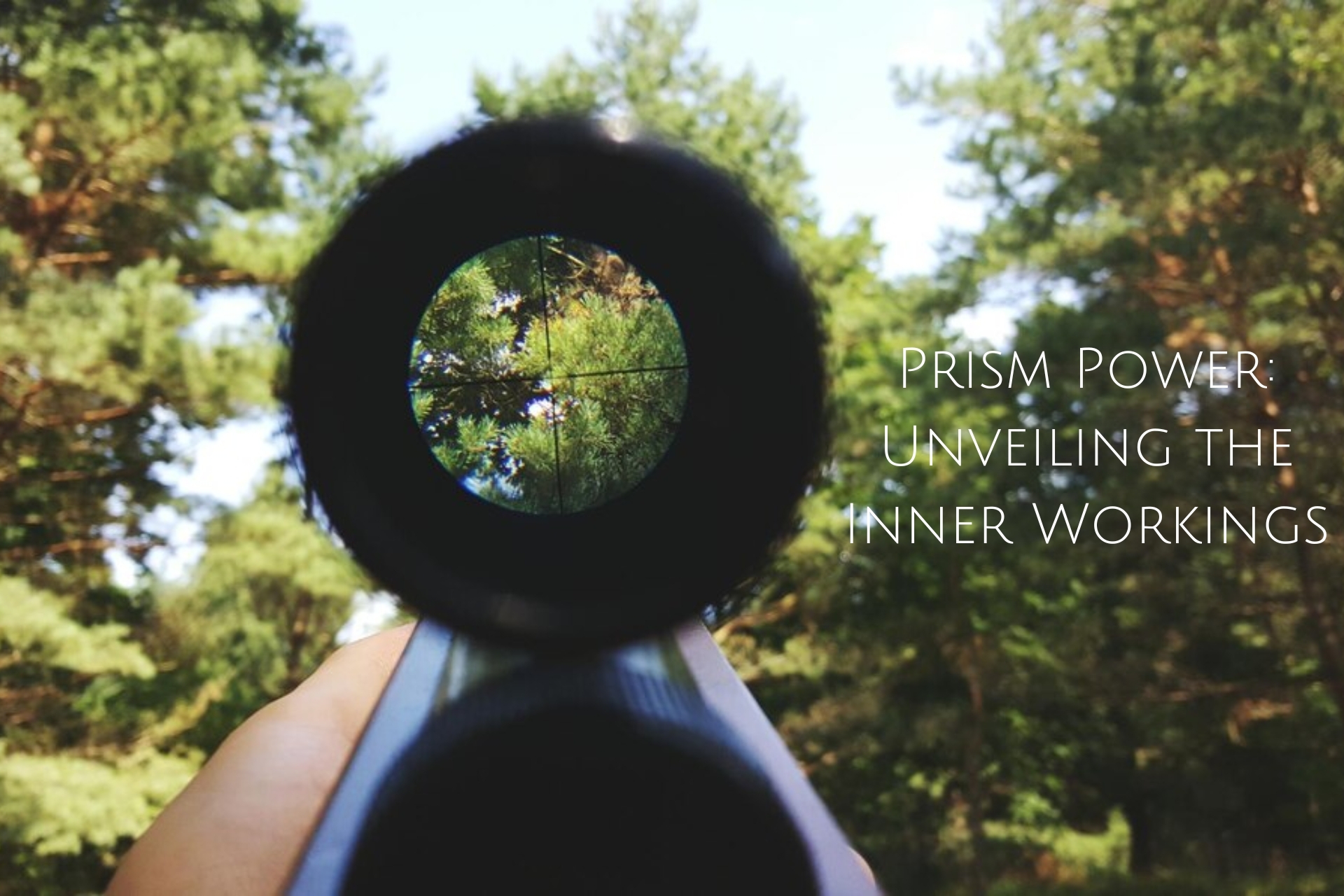
Beyond size, the internal prism design plays a crucial role in binocular performance:
- Porro Prism Binoculars: These classic binoculars are known for their wider field of view and comfortable grip due to their offset lenses. They are often more affordable than roof prism binoculars.
- Roof Prism Binoculars: Favored for their sleek, compact design, roof prism binoculars have their prisms positioned in line with the eyepieces. While typically lighter and more streamlined, they may have a narrower field of view and can be pricier than porro prisms.
Specialists in the Field: Binoculars for Specific Activities: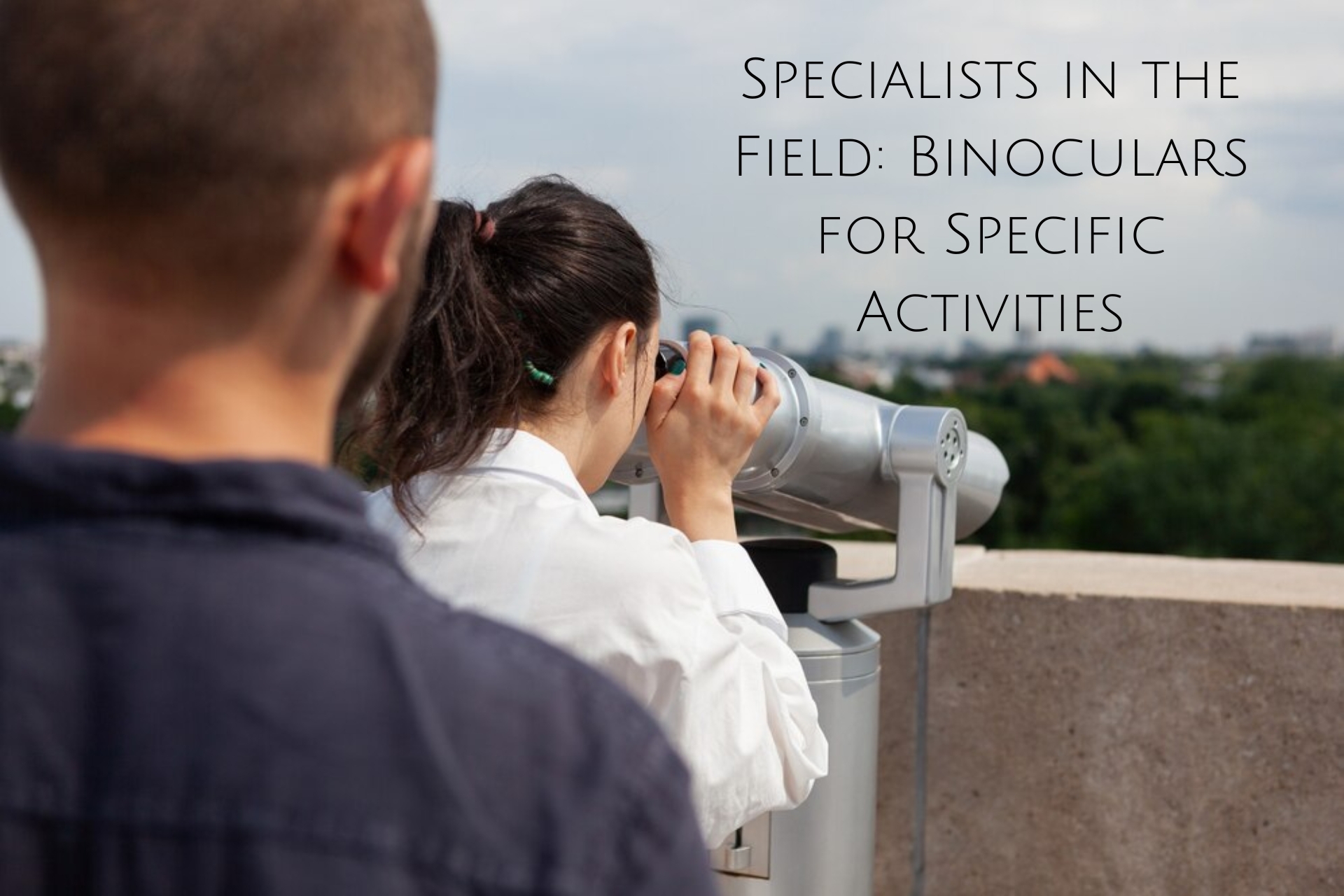
- Birdwatching Binoculars: Look for binoculars with good magnification (8x-12x) and a wide field of view for spotting feathered friends. Consider lightweight models for extended birding excursions.
- Marine Binoculars: Waterproof and fog-proof construction is essential for withstanding the elements on the water. Opt for binoculars with moderate magnification (7x-10x) and good low-light performance for clear views at sea.
- Astronomy Binoculars: While telescopes reign supreme for detailed stargazing, binoculars with large objective lenses (over 40mm) can offer stunning views of the night sky. Look for a sturdy tripod mount for stability during celestial observations.
Choosing Your Perfect Pair: Beyond the Basics:
- Magnification vs. Stability: Higher magnification binoculars provide greater detail, but they can also be shakier due to hand movements. Consider image stabilization features for a clearer view at higher magnifications.
- Exit Pupil: This refers to the diameter of light that leaves the eyepiece. A larger exit pupil translates to brighter images, especially in low-light conditions.
- Weatherproofing: For outdoor adventures, consider waterproof and fog-proof binoculars to ensure optimal performance in any weather.
By understanding the different types of binoculars and their functionalities, you'll be well-equipped to choose the perfect pair that aligns with your specific needs and outdoor passions. So, step outside, raise your binoculars, and unlock a world of magnified wonder!
Compact Binoculars: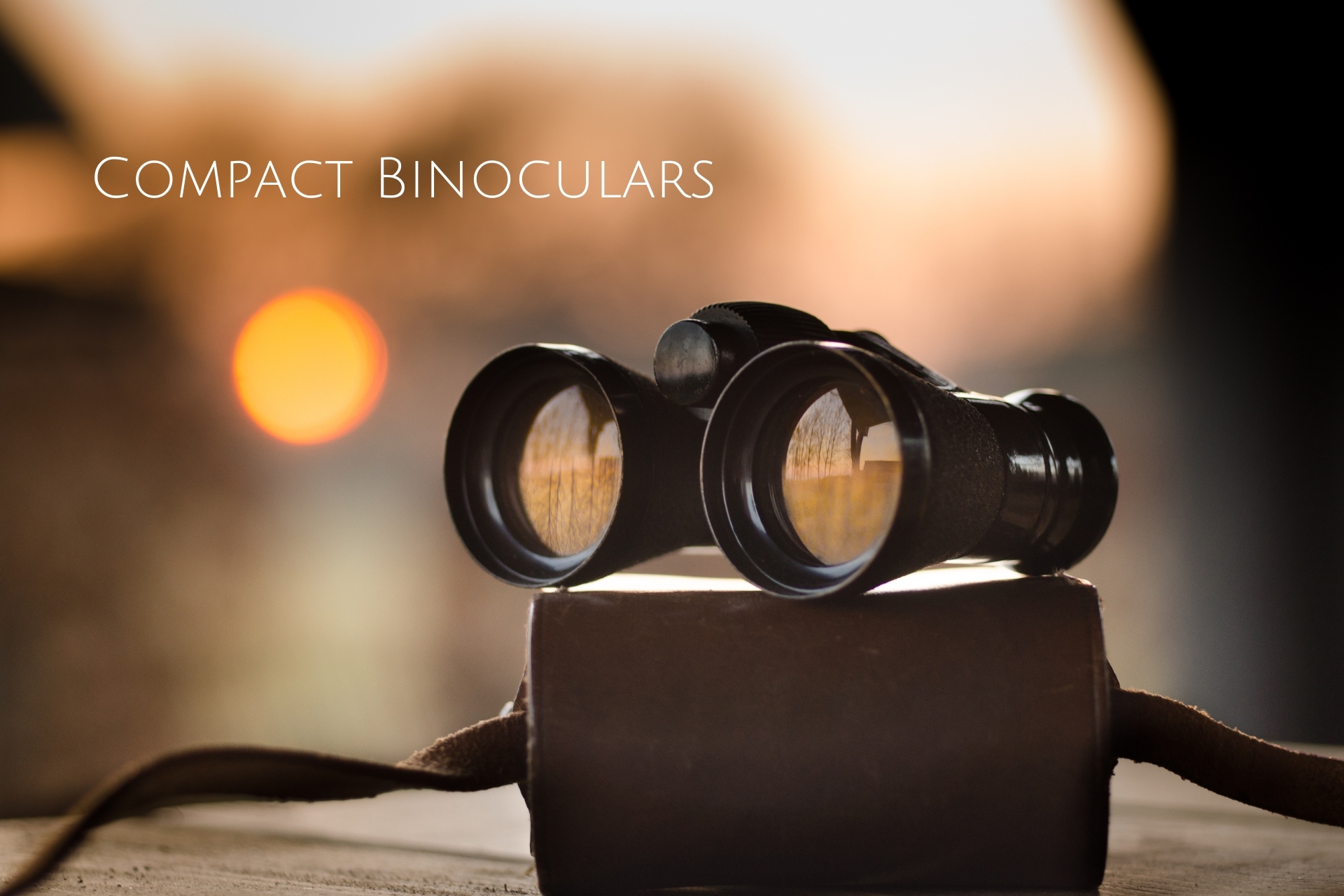
- Size and Portability: Compact binoculars are lightweight and easily fit into a pocket or bag, making them ideal for travelers, hikers, and concertgoers.
- Objective Lens Diameter: Typically ranges from 20mm to 28mm, offering decent brightness and clarity in a compact package.
- Field of View: Narrower compared to larger binoculars, but still suitable for general-purpose use and casual observation.
- Magnification: Usually ranges from 8x to 10x, striking a balance between magnification power and stability.
Mid-Size Binoculars: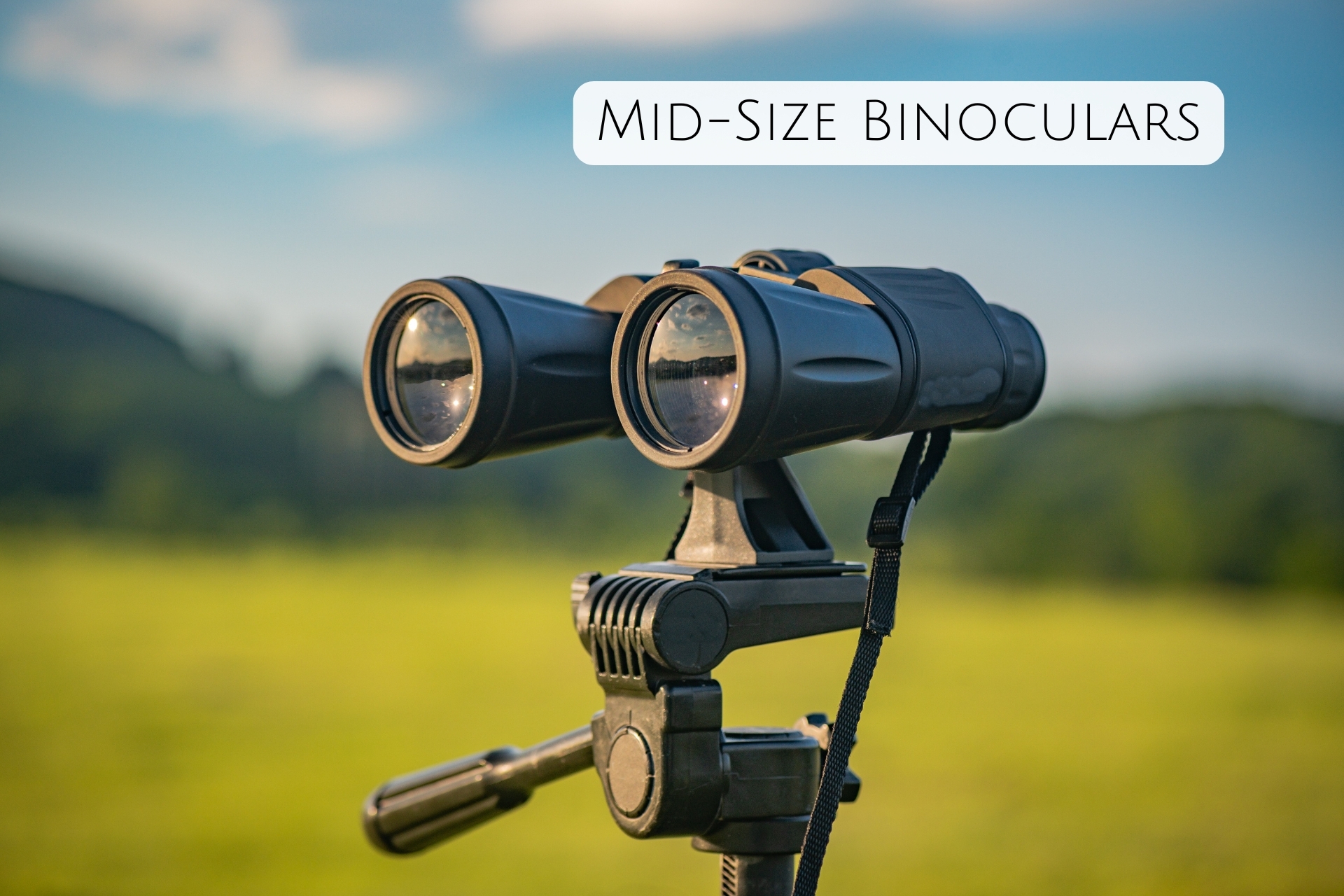
- Versatility: Mid-size binoculars offer a compromise between portability and performance, suitable for various outdoor activities and wildlife observation.
- Objective Lens Diameter: Typically ranges from 30mm to 42mm, providing improved light-gathering capability and better image quality.
- Field of View: Wider compared to compact binoculars, offering enhanced spatial awareness and easier tracking of moving subjects.
- Magnification: Commonly ranges from 7x to 10x, providing sufficient zoom for detailed observation without sacrificing stability.
Full-Size Binoculars: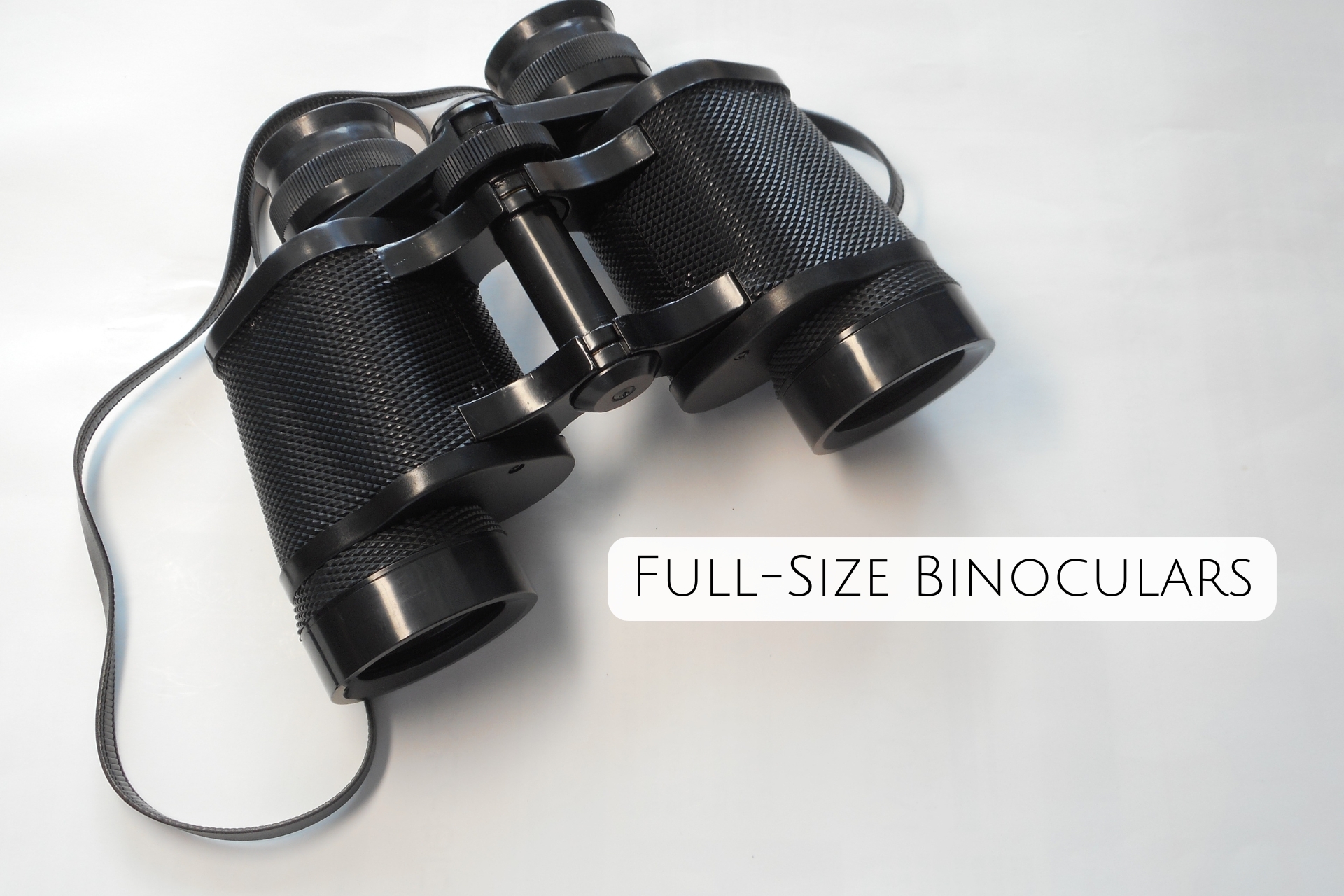
- Optimal Performance: Full-size binoculars are designed for serious enthusiasts, offering superior image quality, brightness, and low-light performance.
- Objective Lens Diameter: Typically ranges from 42mm to 56mm or larger, maximizing light transmission for clear and sharp images, even in low-light conditions.
- Field of View: Wide field of view, ideal for activities like birdwatching, wildlife observation, and astronomy, where scanning large areas is essential.
- Magnification: Ranges from 8x to 12x or higher, providing detailed views of distant subjects with minimal image shake when used with a tripod.
Giant Binoculars: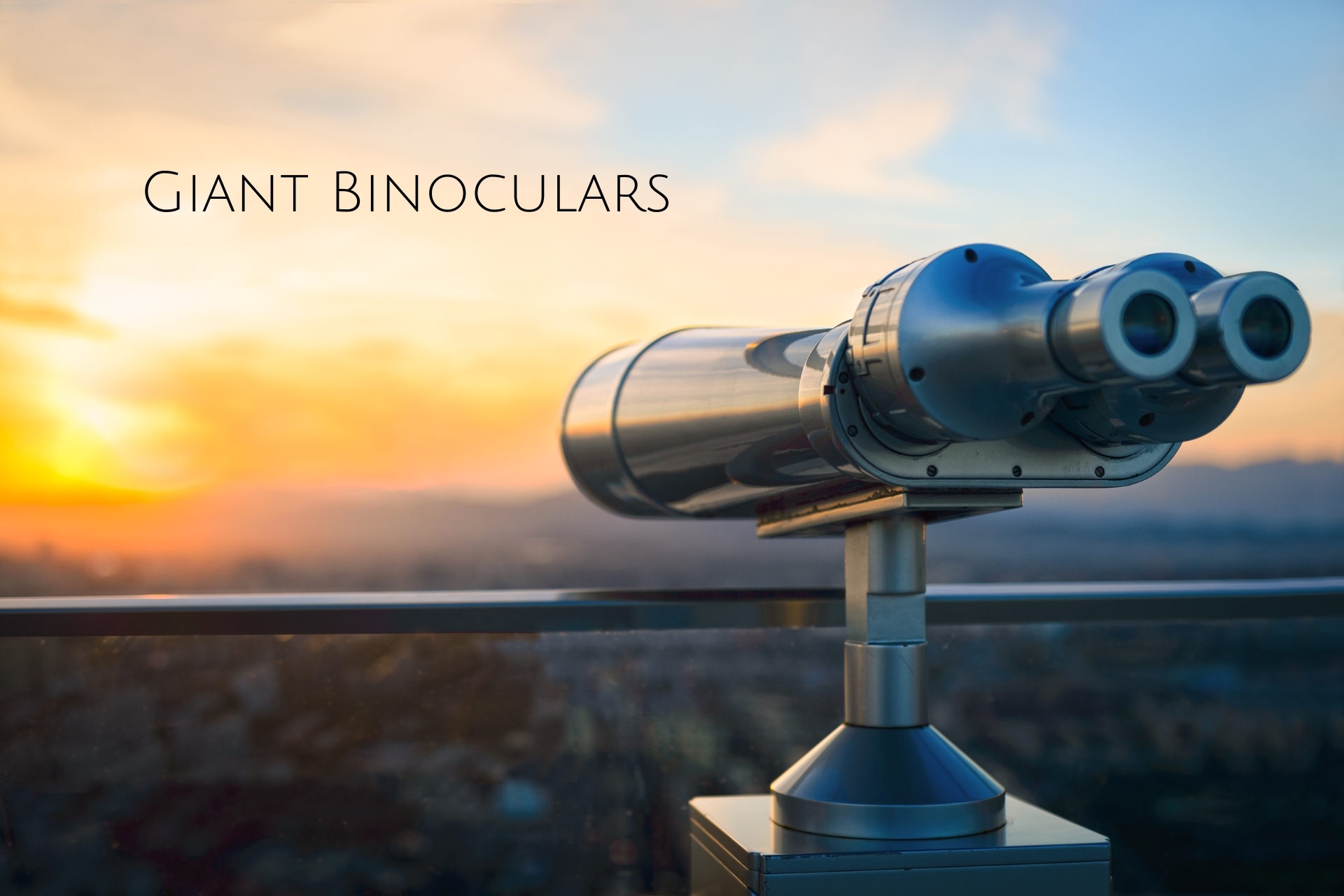
- Specialized Use: Giant binoculars, also known as astronomy binoculars, are designed for stargazing and observing celestial objects.
- Objective Lens Diameter: Typically larger than 70mm, maximizing light-gathering capability for enhanced visibility of faint celestial bodies.
- Field of View: Wide field of view, allowing for sweeping views of the night sky and easy identification of celestial objects.
- Magnification: Moderate magnification ranging from 10x to 25x, providing detailed views of celestial objects without sacrificing stability or image quality.
Conclusion:
Understanding the different types of binoculars is essential for selecting the right pair to suit your needs and preferences. Whether you're seeking portability, versatility, optimal performance, or specialized use, there's a pair of binoculars tailored to your requirements. By considering factors such as size, objective lens diameter, field of view, and magnification, you can find the perfect binoculars to enhance your outdoor adventures, wildlife observation, or celestial exploration. So, grab your binoculars and embark on a journey of discovery, exploring the world and beyond with clarity and precision.
Latest Blogs
Traveling with Your Dog: Essential Supplies for Safe Adventures
Traveling with your dog can be an incredibly rewarding experience, whether you’re heading to a new c...
Understanding Blade Angles: How They Affect Performance and Usage
Blade angle, often referred to as "bevel angle," plays a critical role in the efficiency and versati...
The Best Power Tools for Home Renovation: A Comprehensive Guide
Embarking on a home renovation project is exciting, but it’s also a big undertaking that requires th...
Tech in the Garden: The Rise of Smart Gardening Tools
Gardening has traditionally been a relaxing, nature-centric hobby, but with recent advancements in t...
Tech in the Garden: The Rise of Smart Gardening Tools
Gardening has traditionally been a relaxing, nature-centric hobby, but with recent advancements in t...
Security Lighting and Motion Detectors: An Underrated Defense Mechanism
When it comes to home security, many people focus on locks, alarms, and surveillance cameras. Howeve...

